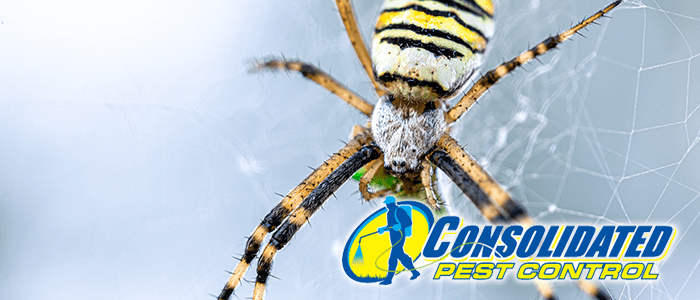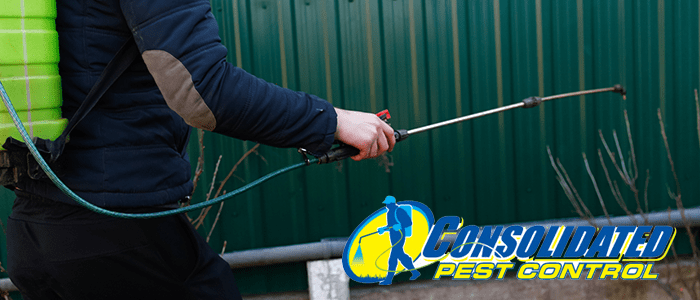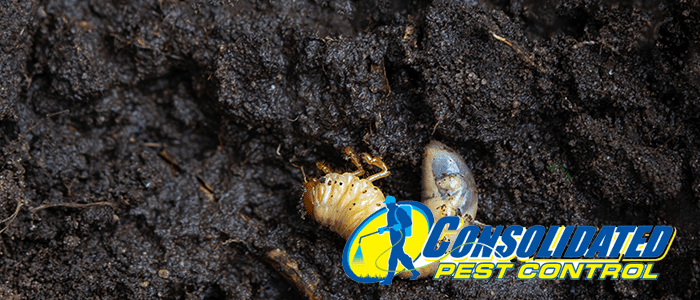
Knowing Florida’s Spiders
Though Florida’s warm climate and plentiful sunshine make it a popular destination for people all over the world, that same warmth attracts spiders, tiny creatures with eight legs and fangs used to inject venom into their victims. In addition to being fascinating, these arachnids also pose a health risk when they enter your home; some varieties contain venom that can be deadly if you’re exposed enough times or in large doses. So, what’s the deal with Florida spiders?
Knowing what type of spider you’re dealing with can be helpful in deciding how to handle the situation. Keep reading to learn more about some common types of spiders and understand their characteristics so that you’ll know exactly what kind of arachnid is making its way through your home, yard, or business!
Florida Spiders – Venomous and Non-Venomous
There are many more non-venomous than venomous spiders in our area, but if we were to list all of them the list would be endless. Here are a few common examples of Florida spiders that you should familiarize yourself with:
False Black Widows: Unlike black widows, which are actually a reddish-brown color and have the characteristic red hourglass shape on their abdomens, false black widows are brown and lack this identifying feature. They are distant cousins of the black widow and, while they will bite if provoked, their bites carry no venom and are harmless.
Funnel Weaver Spiders: Although funnel weaver spiders are unlikely to enter your home, they can be startling when you come across them outside. However, unlike brown recluse spiders—which lack hair and have a characteristic violin-shaped mark on their backs—the main difference between these species is that the funnel weavers’ abdomens tend to look swollen in comparison.
They weave tangled webs that resemble funnels and are often found over an animal’s burrow entrance. A bite from one of these spiders might cause a painful welt, but is unlikely to result in serious medical concerns.
Wolf Spiders: Like the funnel weaver, wolf spiders are often mistaken for brown recluses—unlike their unfortunate cousins who also share a name with them (but have no hair on their bodies), these hairy arachnids do. While funnel weavers weave webs to catch prey, wolf spiders hunt by chasing down and pouncing upon unsuspecting victims.
They are also more likely to enter human habitations, and therefore may be encountered by people much more frequently.
Florida’s Native Venomous Arachnids
Although most spiders use venom to immobilize their prey, only a few species are dangerous enough to harm humans. But, there is one group of dangerous spiders in Florida. These inject enough poison into the bloodstream to potentially kill people with allergies or weakened immune systems if they are stung.
Brown Recluse: The brown recluse’s violin-shaped marking on its back makes it easily recognizable. Unlike other species like funnel weavers and wolf spiders that have hairs, the brown recluse has no bristles at all.
Although most spiders prefer to stay away from human dwellings, they can sometimes be found in out-of-the-way places like attics and storage areas.
Black Widow: Although the southern and northern black widow spider may look different, because both species have red dots on their abdomens and a break in the middle of an hourglass-shaped pattern on their backs, they are equally dangerous when it comes to how they affect humans.
Though antivenom makes it unlikely a bite from a venomous spider will be fatal, the victim may still suffer unpleasant side effects. In this case, if you want to avoid a nasty bite– Look no further than Consolidated Pest Control for all your Pest Control needs.








